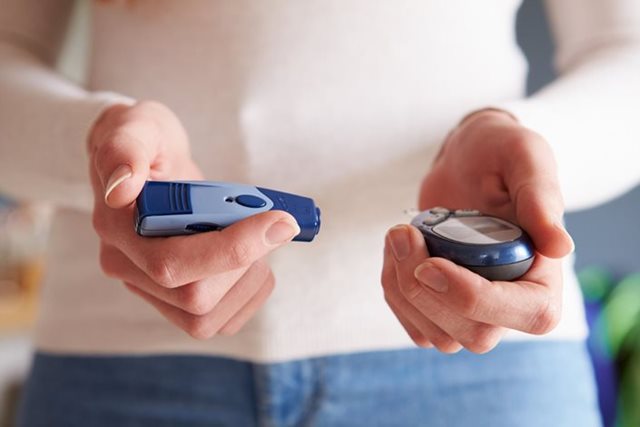Many medications are used to manage diabetes, but the one that most people have heard about is insulin. If you are thinking of starting insulin, here are some things you will want to know.
What is insulin?
Insulin is a hormone produced by the pancreas to control the amount of glucose (sugar) in the blood. Without insulin, sugar builds up in the bloodstream. This can lead to serious health problems, such as blindness, heart disease, kidney problems, amputation, nerve damage, and erectile dysfunction.
If this seems like a lot to learn, don’t worry – your diabetes health-care team will work with you to ensure that you understand how to use insulin effectively.
Diabetes and insulin
Type 1 diabetes
For type 1 diabetes, the pancreas is no longer able to make insulin. As a result, people diagnosed with type 1 diabetes will need to start on insulin immediately and take it for life. Insulin is given either with multiple daily injections using insulin pens or syringes, or by using an insulin pump.
Type 2 diabetes
For type 2 diabetes, the pancreas no longer produces enough insulin or the body is not able to use its own insulin effectively. If you have type 2 diabetes, you may be able to keep your blood sugar levels in your target range through healthy eating, physical activity, and by taking diabetes medication. Ask your doctor to refer you to a diabetes educator (nurse, dietitian, or pharmacist) who can help you with lifestyle changes and managing your blood sugar levels. Type 2 diabetes is a progressive condition and, over time, many people will need to use insulin to manage their blood sugar.
Getting started with insulin
Are you new to insulin? This guide outlines where to administer it, the different types of insulin, insulin storage and more.
Related Content

Diabetes care team
Learn how to assemble and identify a diabetes care team to provide you with medical care and support.
Diabetes care team About Diabetes care team
Diabetes technology & devices
Learn about different technology and devices used by people with diabetes.
Technology & devices About Diabetes technology & devices
Tools & resources
Explore our library of healthy living tools and resources to help you thrive with diabetes.
Tools & resources About Tools & resources